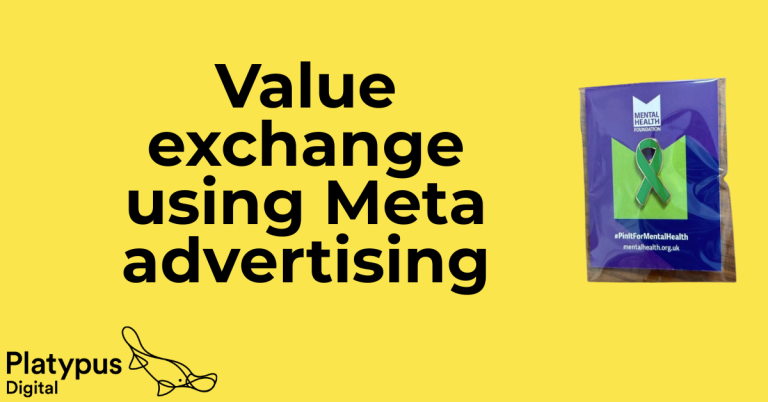It’s my favourite time of the year again!
The highly anticipated M&R Benchmarks report has been released, with UK and Ireland stats coming on 27 June.
Fundraisers and digital marketers everywhere are eagerly diving into the data, hoping to see how they stack up against their peers.
In this year’s M&R Benchmarks, there are some interesting movers in the stats.
- Overall revenue has declined by 1%, with the biggest drop being in disaster and international aid charities. But we also know that last year was a huge fundraising year because of international emergencies, so the bar was already high.
- Regular giving has grown by 6%, while one-time cash revenue has declined by 5%. This indicates that while it’s harder to acquire new donors, doubling down on supporter stewardship and engagement is helping to bridge the gap.
- Email revenue is down by 7%, but email lists are still growing. That indicates people still really need help, or really want to support us, even if their pockets aren’t overflowing.
But what do we really take away from this? While it’s tempting to get caught up in the excitement of comparing your organisation to your pesky competitors and peers, you have to remember that benchmarking against others is but one piece of the puzzle.
Don’t get me wrong; benchmarks can be useful. It’s been a year of constant change, and it’s not always easy to see how other charities have fared in the same storms we’re weathering. It’s part of why I’m glued to my laptop on release day.
Benchmarks are especially great when you’re looking at UK charities specifically, or those in your cause area. It’s reassuring to know that you’re not lagging behind others in the industry. If you’re a charity that’s completely new to setting goals and targets, they can be really useful in helping you understand what to track, and what to expect from your performance.
But benchmarks only tell us the topline numbers. They don’t tell us about the size of other organisations teams, how much they’re investing into digital, what products they have on the market, how loyal their supporters are, or what they’ve done to scale and grow.
So the most crucial comparison is not with others now – but with yourself in the past.
It’s important to focus on the metrics that matter most to your charity’s growth. Month on month, and year on year, you should be measuring things like:
- Your cash giving figures – how many new donors did you acquire, and how much did they raise?
- Your regular giving figures – how successfully did you convert your supporters into regular donors? Did the amount they give grow or shrink?
- How many emails did you send, and how much did you raise in response?
- How many people joined your list, and through which campaigns?
- Did your donor lifetime value improve this year, and what are the KPIs that influenced this?
By monitoring these metrics on a regular basis and comparing them to your own past performance, you can gain valuable insights into what’s working and what needs improvement. That’s the data to get lost in.
It’s also crucial to understand the why behind your data.
Firstly look at the macro environment – the external market. Were there factors that impacted the whole industry – like a cost of living crisis, or an internal emergency? You didn’t operate in a vacuum after all. Think about changes in the market or significant global events that might have affected your whole sector.
Once you’ve looked outside your virtual window, look within.
Did you bring in a new head of fundraising? Did your CEO just implement a more aggressive donor acquisition strategy? Did you change your website infrastructure, or rebrand yourself? Did you launch a new flagship campaign?
Understanding the context behind your data is just as important as the numbers themselves. Sometimes it makes external benchmarking almost meaningless.
While we’re still eagerly awaiting the release of the UK M&R benchmarks, we know that they’re just one part of the story. They can provide some interesting insights, but when you’ve done pouring over the data, your charity’s digital depends on your own efforts and strategies.
Set your own goals. Track your own metrics. Improve them.
The only comparison that matters is between where you are now and where you want to be.





